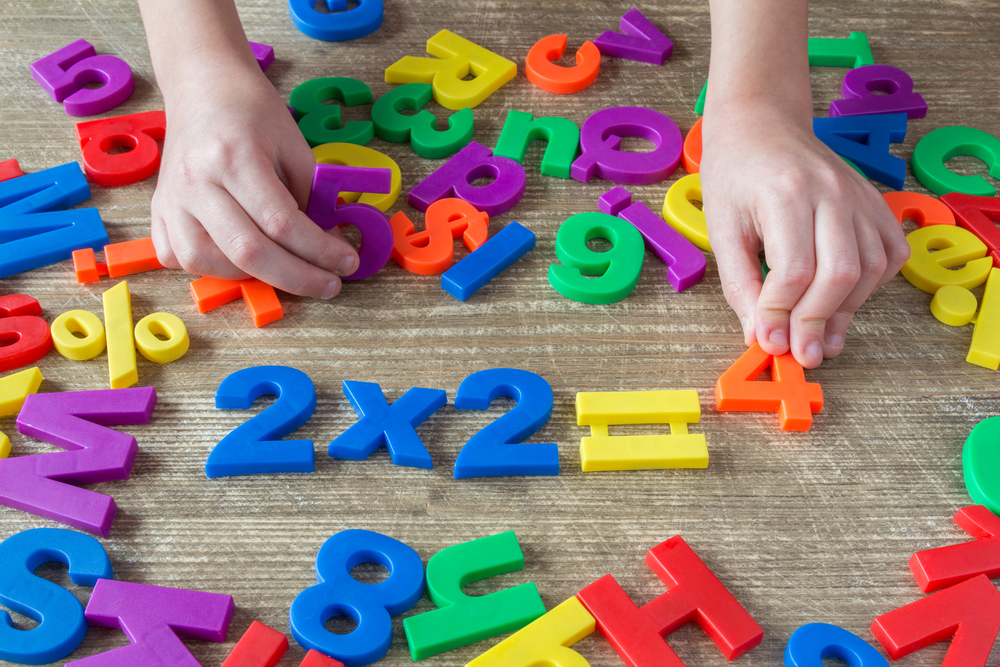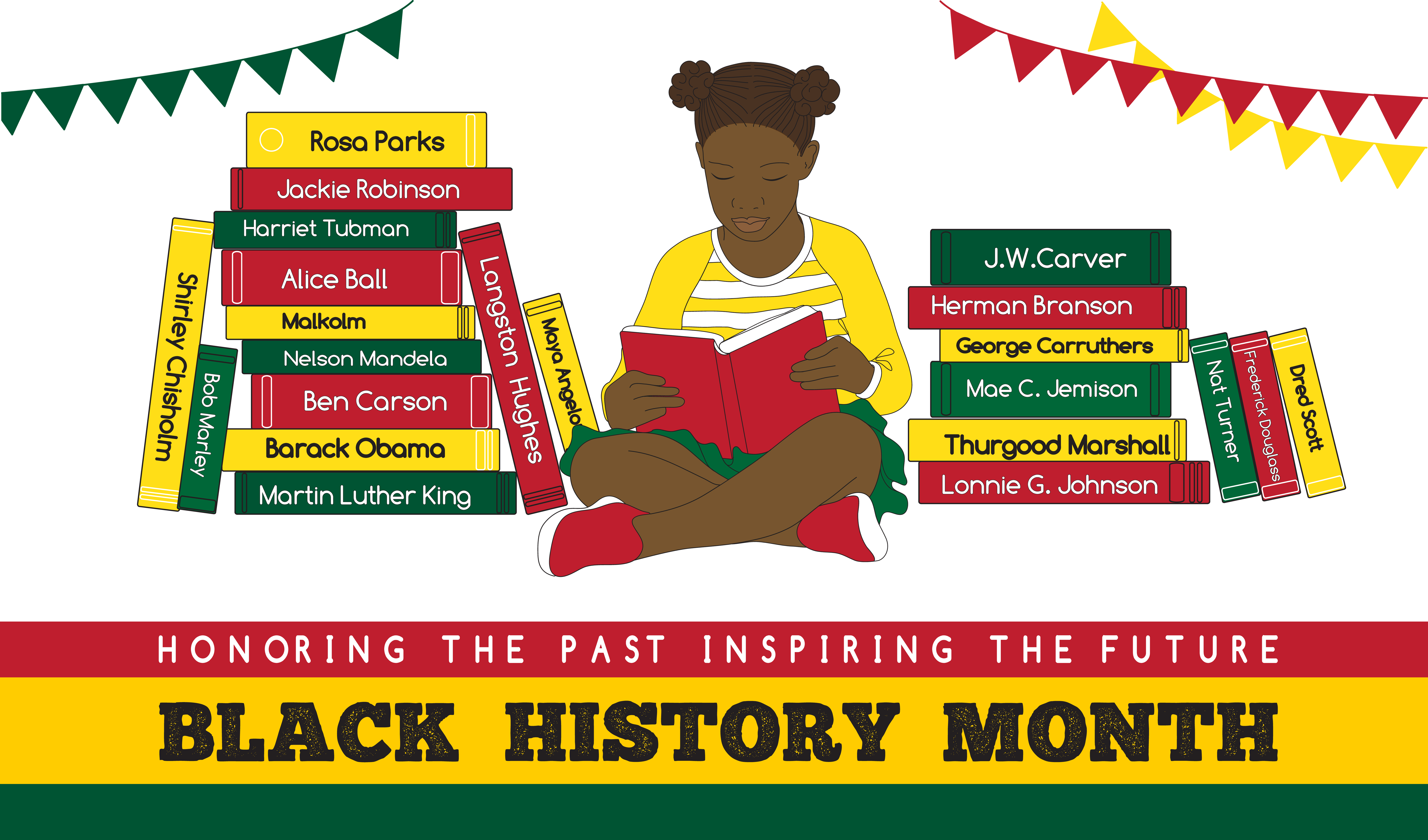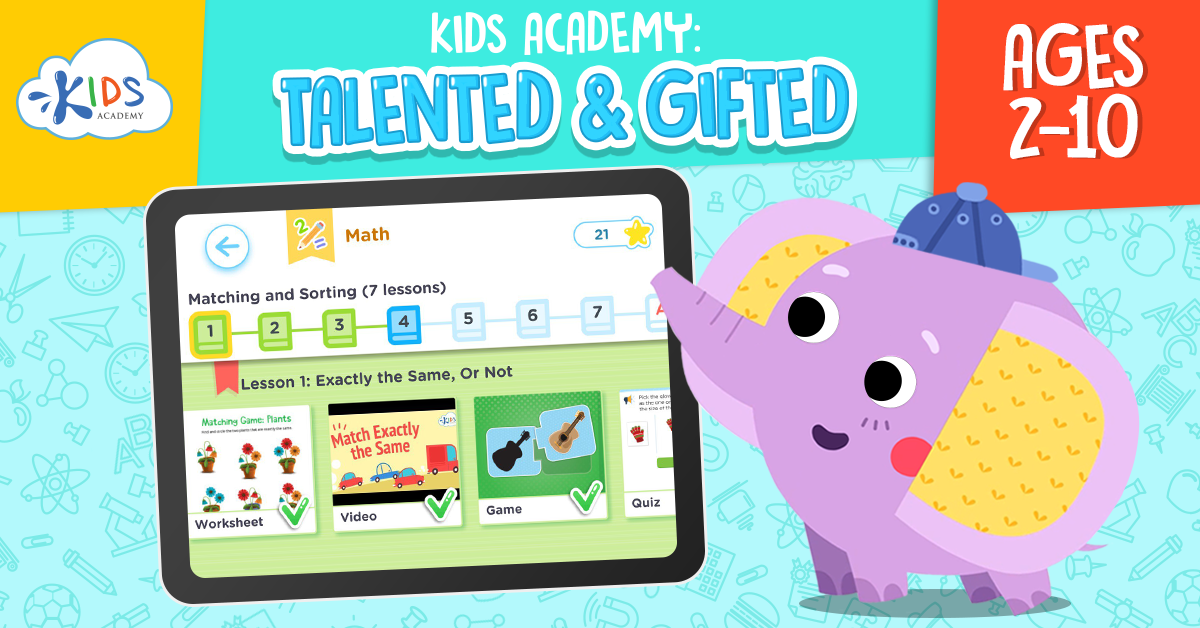Upper & Lowercase Letters worksheets activities for 5-Year-Olds
2 filtered results
-
From - To
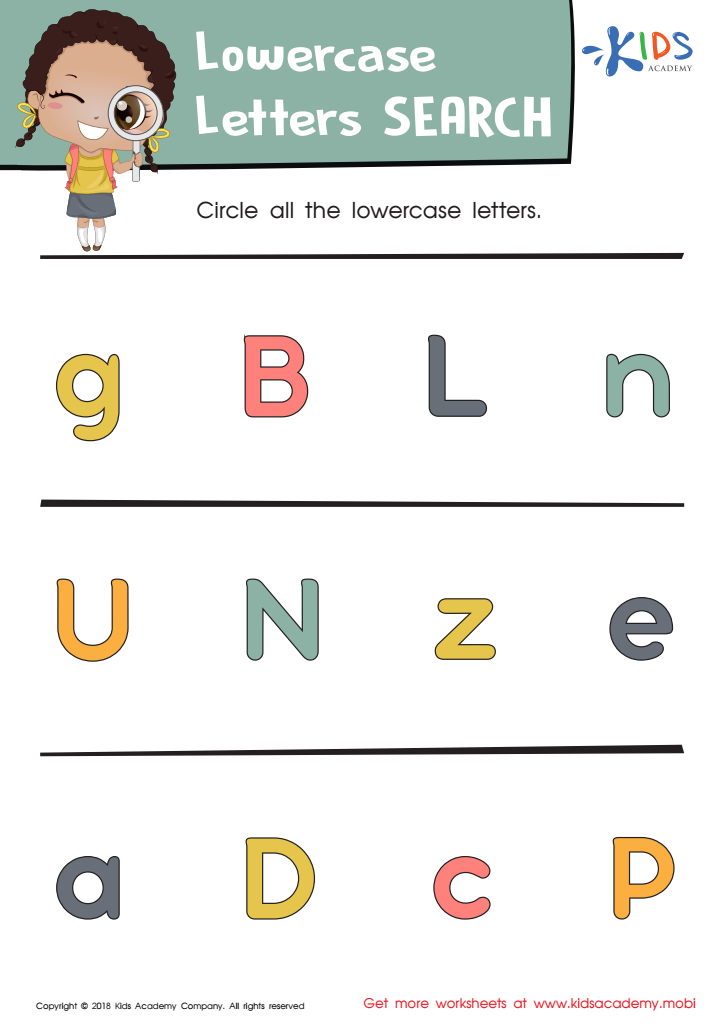

Lowercase Letters Search: Assessment Worksheet
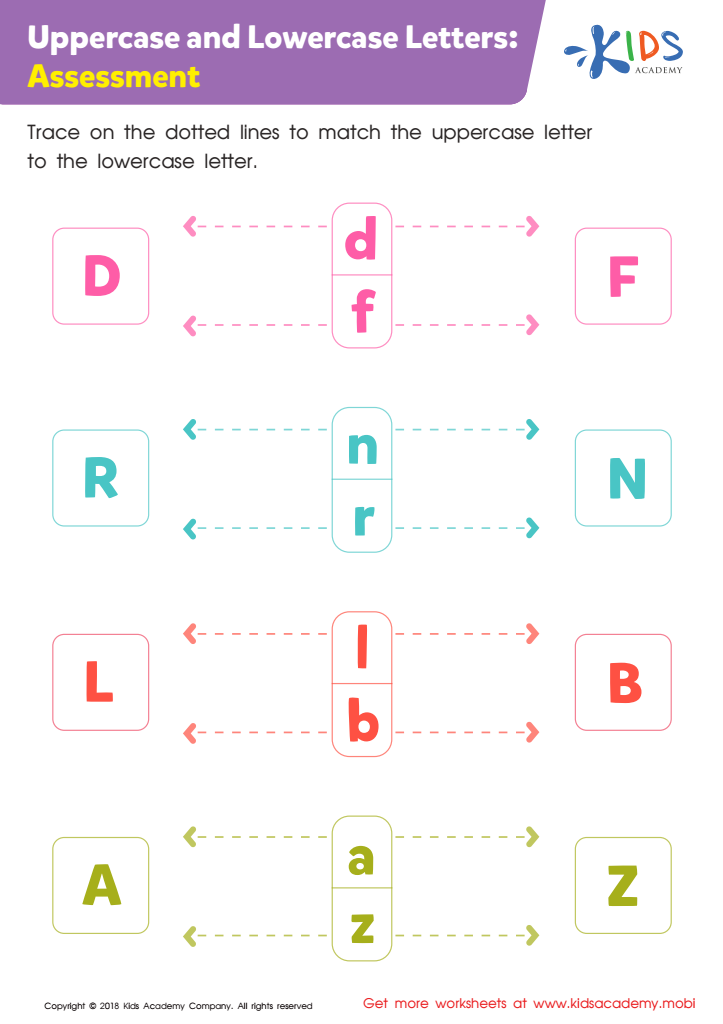

Uppercase and Lowercase Letters: Assessment Worksheet
Upper & Lowercase Letters worksheets activities are an essential tool in the foundational stage of literacy learning for children. These activities serve a multipurpose role in enhancing a child's ability to recognize, differentiate, and properly use upper and lowercase letters—a critical skill in both reading and writing. Engaging in worksheets centered on this topic provides learners with a structured, interactive, and fun way to grasp the nuances of the alphabet, which can significantly impact their overall literacy development.
One of the primary benefits of Upper & Lowercase Letters worksheets activities is the promotion of letter recognition. For young learners, distinguishing between uppercase and lowercase letters can be challenging. These worksheets provide a variety of exercises, from matching games to tracing letters, that help reinforce the visual differences and uses of both letter forms. This recognition is crucial not only for reading, where it aids in understanding the beginning of sentences and proper nouns, but also in writing, enabling children to follow the rules of grammar and punctuation correctly.
Moreover, these activities enhance fine motor skills. The act of tracing or writing letters requires control and precision, which are developed through practice with these worksheets. Improved fine motor skills can lead to neater handwriting and more effective communication through writing.
Furthermore, Upper & Lowercase Letters worksheets activities introduce children to the concept of following instructions and working independently, fostering a sense of achievement and confidence in their abilities. This is particularly beneficial in a classroom setting, where children learn to work at their own pace and develop their concentration and focus.
In conclusion, Upper & Lowercase Letters worksheets activities are a valuable educational resource. They not only aid in the mastery of the alphabet, contributing to better reading and writing skills, but also support the development of fine motor skills and personal growth in young learners. Through engaging and targeted practice, children can build a strong foundation for future literacy success.
 Assign to My Students
Assign to My Students







